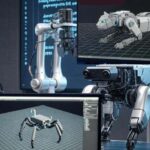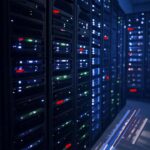Speeding up Robot Design: Brax – Google’s Free Physics Engine -

Ever crashed a pricey robot prototype into a wall during testing? Or waited days for one trial-and-error run to wrap up? If you’re into robots—whether for fun, factories, or the future—those headaches are real. But what if you could simulate thousands of bots at once, tweaking their brains in hours instead of weeks? Enter Brax, Google’s free open-source physics engine that’s revolutionizing how we “teach” robots to walk, grab, and navigate. Picture this: No more dusty warehouses or risky resets. Brax runs on your GPU or TPU (fancy hardware for speedy math), letting you parallel-test robot designs like a digital assembly line. Built on JAX (a supercharged Python toolkit), it […] Read More




